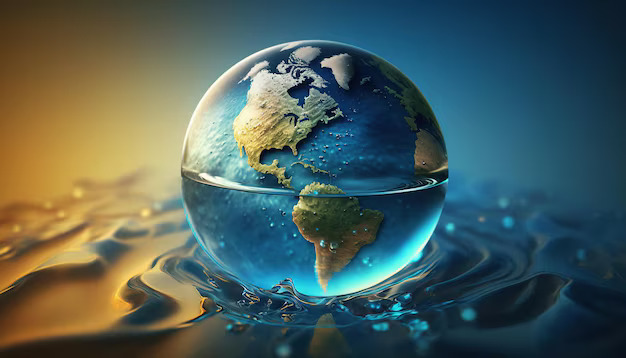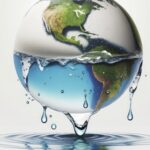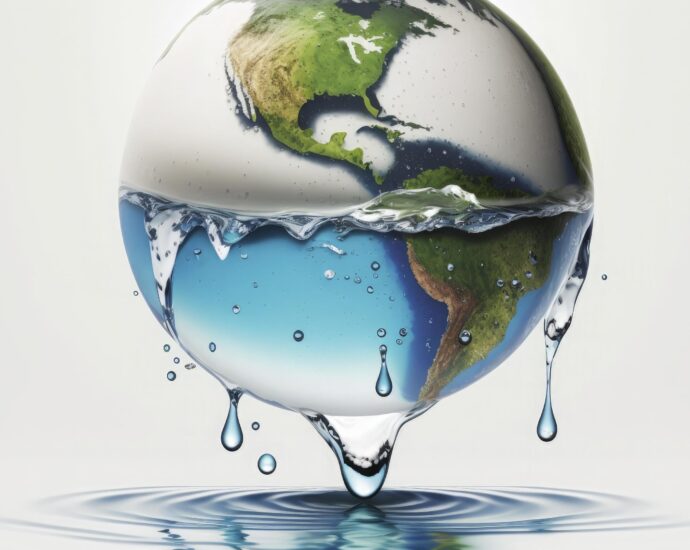Is There More Water Than Land on Earth? It’s often said that Earth is a “water world” because about 71% of its surface is covered with water, while only 29% is land. This 3:1 ratio of water to land might make it seem like water far outweighs land, but the reality is more nuanced. Let’s explore if water truly surpasses Earth’s landmass and its total solid structure.

Earth’s Water vs. Land Area
The Earth’s surface is divided as follows:
- Water: ~361 million square kilometers (70.8%).
- Land: ~149 million square kilometers (29.2%).
While water dominates the planet’s surface, it’s important to note that most of this water forms a thin layer on Earth’s crust, covering continents and ocean basins. The average ocean depth is about 3.7 kilometers, which pales in comparison to the Earth’s diameter of 12,742 kilometers.
Water Volume vs. Land Volume
When comparing water to land, we must also consider their volume:
- Ocean Water Volume: Approximately 1.332 billion cubic kilometers.
- Earth’s Solid Volume: The total volume of Earth is about 1 trillion cubic kilometers, with the solid surface (crust, mantle, and core) accounting for the vast majority of this volume.
Thus, water makes up only 0.13% of Earth’s total volume. Despite water’s vast surface coverage, the Earth’s solid mass far exceeds the amount of water it holds.
Is Water More Than Earth’s Total Hard Surface?
No, water does not surpass Earth’s total hard surface in terms of volume. Even the thinnest layers of the Earth’s crust and the mantle contain significantly more solid material than all the water in the oceans combined. The oceans might appear vast because they dominate Earth’s surface, but the planet’s interior holds an immense amount of rock, minerals, and metals.
Fun Perspectives on Earth’s Water
- “Thin Blue Layer”: If all of Earth’s water were gathered into a single sphere, it would have a diameter of about 1,385 kilometers, roughly the size of a small moon. In contrast, Earth’s solid diameter is 12,742 kilometers
- Underground Water: While the oceans dominate, groundwater stored in aquifers beneath the surface is the largest source of freshwater, surpassing rivers and lakes.
- Earth’s Water in Context: Earth holds the most liquid water among terrestrial planets in our solar system, but water is a minuscule fraction of its total composition.
Conclusion
While Earth’s surface is mostly water, the planet’s solid landmass vastly outweighs the water in terms of volume. This makes the Earth primarily a rocky planet with a “thin blue layer” of water covering much of its surface. Understanding these distinctions highlights just how precious and unique Earth’s water is in sustaining life, despite its seemingly overwhelming presence.










